Preventing Cavities: A Guide to Proper Brushing and Oral Hygiene
페이지 정보
작성자 Wassup 작성일 25-11-14 20:15 조회 15 댓글 0본문
Do you know how to prevent cavities and brush your teeth properly?
Even teeth that appear strong can become weak and painful due to cavities caused by improper care.
If you still get cavities despite brushing diligently three times a day, the reason might be incorrect habits.
Today, we'll explore the causes of cavities, proper brushing techniques, and preventive habits in detail.
Why Do Cavities Form?
Cavities are caused by acidic substances produced when bacteria in the mouth break down sugars in food.
This acid erodes the enamel, the outermost layer of the tooth. Initially, it appears as a white discoloration, gradually turning brown or black and forming holes.
Certain habits increase the risk of cavities:
- Frequent consumption of sugary foods or drinks
- Not brushing immediately after meals
- Dry mouth with reduced saliva production
- Not using dental floss or interdental brushes
These small habits can lead to active reproduction of cavity-causing bacteria, damaging the teeth from the inside out.
Therefore, improving lifestyle habits and adopting proper brushing techniques are crucial for preventing cavities.
The Basics of Cavity Prevention: Brushing Timing
You've probably heard that brushing within 3 minutes after eating is most effective.
When you eat, the acidity in your mouth increases, weakening the tooth surface if left for too long.
Brushing within 3 minutes after meals helps quickly remove food debris and acidic substances.
However, brushing too soon after consuming acidic foods like fruits, juices, or vinegar is not recommended because the enamel is temporarily weakened. It's safer to brush gently about 10 minutes later.
Ideally, brush three times a day after breakfast, lunch, and dinner. If that's not feasible, aim for at least twice a day.
Brushing before bed is essential because saliva production decreases at night, promoting bacterial activity.
5 Steps to Proper Brushing
Brushing frequently is useless if done incorrectly.
Remember these steps instead of just creating toothpaste foam:
1️⃣ 45-Degree Angle!
Position the toothbrush at a 45-degree angle where the gums meet the teeth.
This helps remove food particles trapped between the teeth and gums.
2️⃣ Small, Gentle Rotations
Use wrist movements to gently rotate the brush instead of scrubbing forcefully.
Strong pressure can damage the gums and cause sensitivity.
3️⃣ Clean All Tooth Surfaces
Thoroughly clean not only the outer surfaces but also the inner and chewing surfaces.
For the inner surfaces of the front teeth, hold the toothbrush vertically and brush up and down.
4️⃣ Clean the Tongue and Palate Too
The tongue surface harbors many bacteria. Gently brush it with a tongue cleaner or the back of your toothbrush to prevent bad breath.
5️⃣ Finish with Mouthwash
Rinsing with an antibacterial mouthwash can reduce remaining bacteria.
However, excessive use can irritate the oral mucosa, so limit it to once or twice a day.
Choosing the Right Toothbrush, Toothpaste, and Floss is Important
Selecting the right tools is as crucial as brushing itself for cavity prevention.
Toothbrush
Choose a toothbrush with a small head and soft bristles.
A toothbrush that is too hard can damage your gums. Replace your toothbrush about once a month.
Toothpaste
Fluoride toothpaste is effective for preventing cavities.
Fluoride strengthens the enamel and prevents cavity-causing bacteria from penetrating it.
Dental Floss & Interdental Brushes
It's difficult to remove food particles between molars with a toothbrush alone.
Flossing once a day before bed can help manage this.
Water Flosser (Oral Irrigator)
Water flossers are a good alternative if you have difficulty using dental floss or are undergoing orthodontic treatment.
They help maintain gum health by removing bacteria and debris with water pressure.
Cavity Prevention Habits in Daily Life
Brushing alone cannot completely prevent cavities.
Small habits throughout your life need to change together.
Reduce Sugary Foods
Sugary foods like chocolate, candy, and carbonated drinks feed bacteria. Rinse your mouth with water or brush your teeth after consuming them.
Drink Water Frequently
Saliva neutralizes acidity in the mouth and washes away bacteria. Drink at least 1.5L of water daily.
Regular Dental Checkups
Get scaling and checkups every six months.
Early cavities often have no pain and are only discovered through checkups.
Avoid Smoking and Excessive Alcohol Consumption
Nicotine and alcohol dry out the mouth and promote bacterial growth.
Reducing them is good for a healthy oral environment.
Conclusion: Prevention is the Best Treatment for Cavities
Once cavities form, they do not heal naturally, and treatment costs and pain are significant.
However, you can prevent them by maintaining good habits.
Brush within 3 minutes after meals, practice correct brushing techniques, and get regular checkups.
Following these three things will help you maintain healthy, clean teeth for a long time.
White, strong teeth make your smile more beautiful.
From today, make it 'correct brushing' rather than 'just brushing' to create a day without worrying about cavities. :)
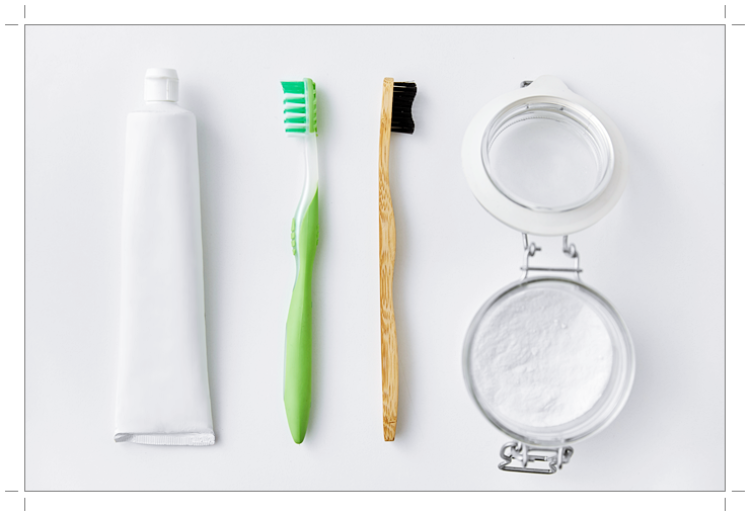
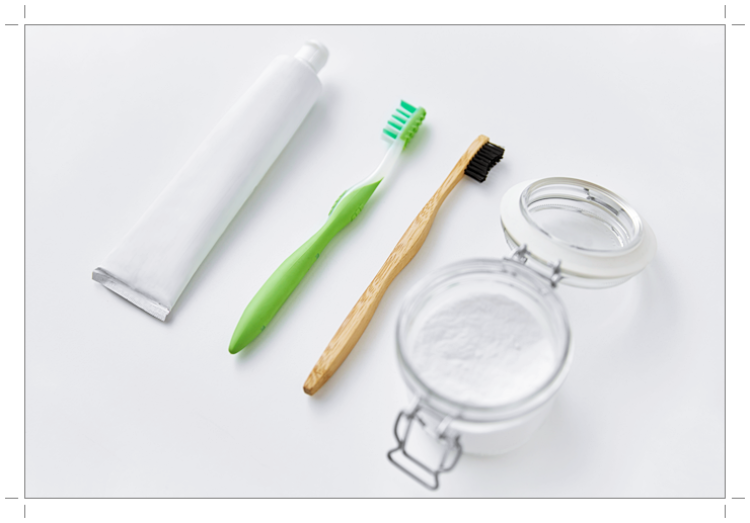
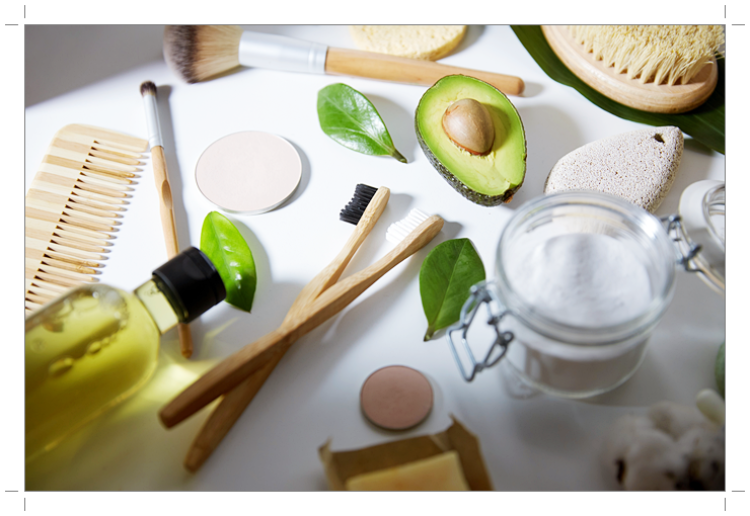




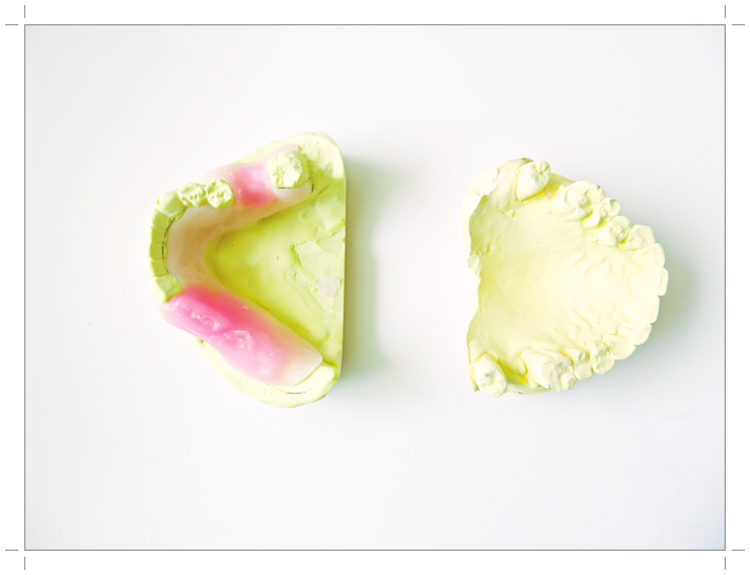



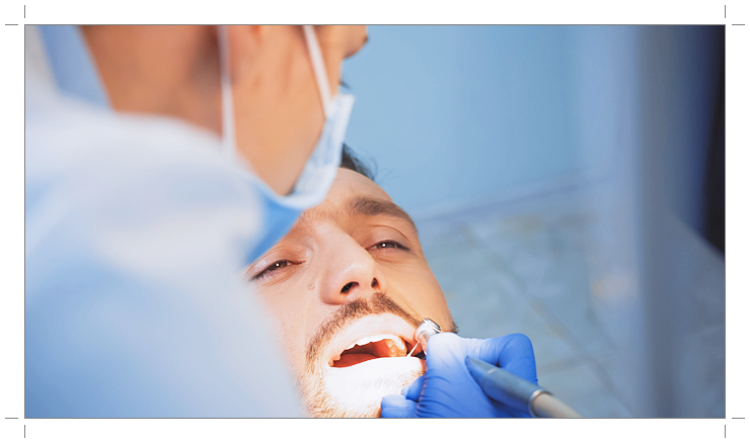


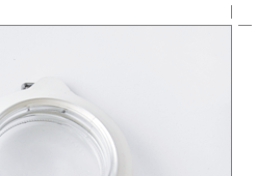





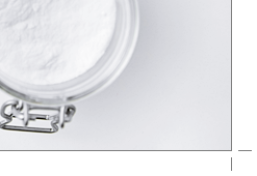









Source :https://blog.naver.com/poipeople/224062872087
- 이전글 Key Considerations When Choosing a Dental Implant Clinic in Gangnam
- 다음글 Choosing the Right Honest Dentist in Suwon
댓글목록 0
등록된 댓글이 없습니다.
